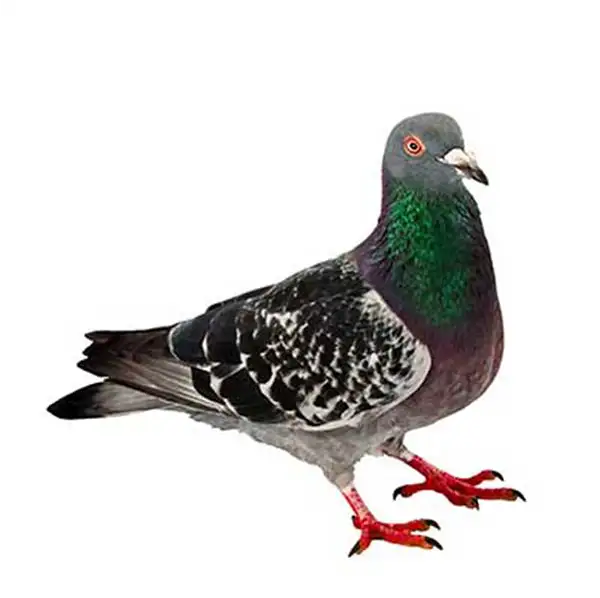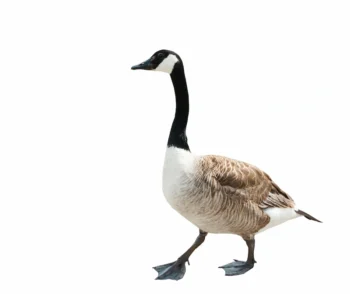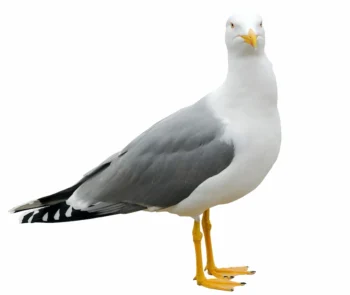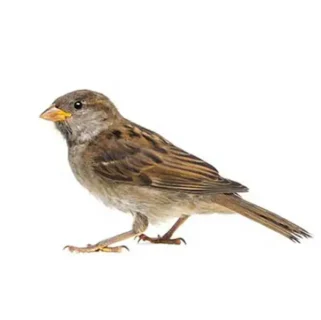Pigeons in Virginia
Pigeons are widespread throughout the United States and have become a major nuisance due to their ability to thrive in human environments. In both cities and small towns, they frequently cause issues for homeowners by roosting and nesting on buildings. Many structures provide perfect shelter, encouraging pigeons to settle and multiply. Aside from property damage, these birds are also known to spread diseases, including salmonella, toxoplasmosis, and cryptococcosis.
Pigeon Habitat
In their natural habitat, pigeons prefer to live on rocky cliffs, but in urban environments, they rely on human structures for shelter and food. They commonly nest on rooftops, window ledges, air conditioning units, traffic lights, signs, and under bridges. While their diet mainly consists of grains and seeds, they also scavenge for food, eating garbage, insects, and scraps from people. When food and water sources are scarce, pigeons will travel to nearby rural areas to find sustenance. These adaptable birds breed throughout the year, with peak mating seasons occurring in spring and fall.
Pigeon Behaviors, Threats, or Dangers
Among all bird species, feral pigeons are one of the most problematic in terms of public health. They are known to spread diseases, and their feathers and droppings can contaminate food supplies. Their waste damages buildings, clogs gutters, and creates hazardous conditions on walkways and workspaces. Nests and droppings also obstruct air vents and fire escapes, increasing safety risks. Pigeons carry external parasites such as lice, ticks, and mites, some of which bite humans, highlighting the need for proper pest control.
Noticing pigeons settling on your property? Act quickly by seeking professional bird control assistance to implement the right solution.
Need help with Pigeon control?
Need Wildlife Or Pest Control?
Leave your information below and we’ll be in touch with a FREE quote!
"*" indicates required fields
*During normal business hours. After hours calls will be returned the next business day.





